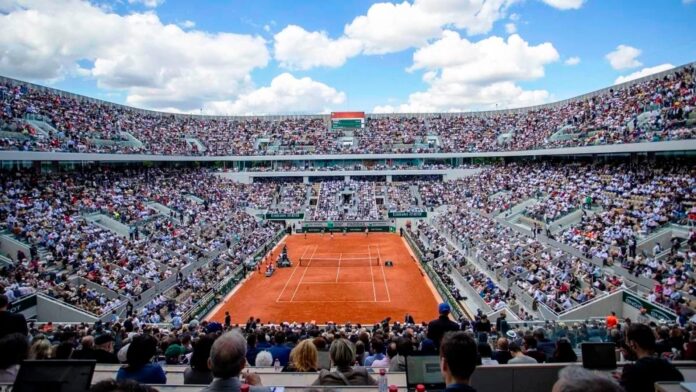Even with the amazing games and packed crowds at the 2025 French Open, it’s obvious that many champions are dealing with pain just to keep playing. More pressure placed on athletes is leading to growing worries about how tough the tennis professional tour has become.
Casper Ruud: Playing Through Pain
Casper Ruud has been the world No. 8 this year. Being only 26, the Norwegian had proved himself on clay and had pocketed over $25 million by the time he came to the French Open. Being successful was not easy for him. For the last two months, Ruud has had an increase in fluid in his left knee. Even when he was in a lot of pain and often used anti-inflammatory medicine, he would keep racing.
His knee problems became too serious during his match in the second round at Roland Garros. Even though Ueda didn’t retire, it was clear his movement was limited, and he lost 13 times in a row before Portugal’s Nuno Borges defeated him. Ruud revealed his problems and concerns after the match, saying he felt the tennis schedule is as grueling as a rat race, which means players must compete regularly or drop down in rankings, income, and options.
Also read: Russell Brand Pleads Not Guilty to Rape and Sexual Assault Charges
A Shared Struggle Across the Tour
It’s clear from the story that others are facing challenges, too. More than one competitor at this year’s event has talked about playing with injuries and mental tiring. France’s Caroline Garcia thought that playing with pain wasn’t wise, but Australia’s Ajla Tomljanovic admitted she had tried it earlier in her career.
There is a common worry about no longer moving forward in the sport and struggling financially. Professional tennis lasts almost all year and includes many trips for players to various continents each week. Many now think that unless the sport changes, more athletes will suffer from injuries and enduring health problems.
Systemic Pressures and Financial Risk
The professional tour operates so that those who always participate are rewarded, while those who miss can be hit hard by the system. Even top players get pressured financially because of lost revenues from sponsorships, looks, and bonuses from participating in events. For those who aren’t top players, there is even more risk involved. If you don’t play in a tournament, you might lose your chance to qualify for Grand Slams, where the highest rewards are found.
As a result, players such as Ruud and Tomljanovic end up in uncomfortable situations. It means they must either perform worse than they could or see their careers pause. Because their money, rankings, and reputation are at risk, it’s not unusual for players to exceed their limits.
Roland Garros’ Intensity Highlights the Issue
Playing on clay is much more difficult on the body than on other surfaces. The act of sliding, keeping rallies going, and playing matches that last for a long time is tough even for the strongest athletes. One more time, the French Open has brought to light the difficult spot in which many players find themselves.
This year, there have been many more medical timeouts, a lot more retirements, and obvious challenges from the top players. Some people admire the athletes’ willpower, while others are concerned about the standard of the game and the health of the players.
A Call for Reform
The conversations sparked by this year’s French Open have led to renewed calls for reform. Many players and coaches are advocating for a reduced schedule, longer off-seasons, and more flexible mandatory participation rules. Mental health, long overlooked in the sport, is also gaining attention as players admit to burnout and emotional exhaustion.
The ATP and WTA have acknowledged these concerns but insist that finding a balance between commercial success and athlete well-being remains complex. Meanwhile, the 2025 French Open continues, but the backdrop of pain, pressure, and perseverance serves as a sobering reminder of what it takes to succeed at the highest level of tennis.








